Blog
Explore the Power of Lithium Innovation
Stay updated with the latest trends, technologies, and application insights in the world of lithium battery solutions
Search the whole station
Explore the Power of Lithium Innovation
Stay updated with the latest trends, technologies, and application insights in the world of lithium battery solutions
A research team led by the Institute of Physics under the Chinese Academy of Sciences, together with several partners, has pulled off a remarkable achievement in the sodium-ion battery field. They cracked several long-standing technical challenges and managed to create a sodium-ion energy storage battery that delivers long lifespan, wide temperature adaptability, and high safety performance. On top of that, they also built the first large-capacity sodium-ion battery energy storage system — a move that places their progress right at the cutting edge of global energy storage technology.
Sodium-ion batteries have been quietly stepping into the spotlight for good reason. Compared with their lithium-ion counterparts, they offer some serious advantages that make them especially appealing for large-scale and cost-sensitive applications.
In fact, when you stack them up side by side, sodium-ion batteries can shave off nearly 30% in cost compared with lithium iron phosphate batteries that deliver similar output and cycle life.
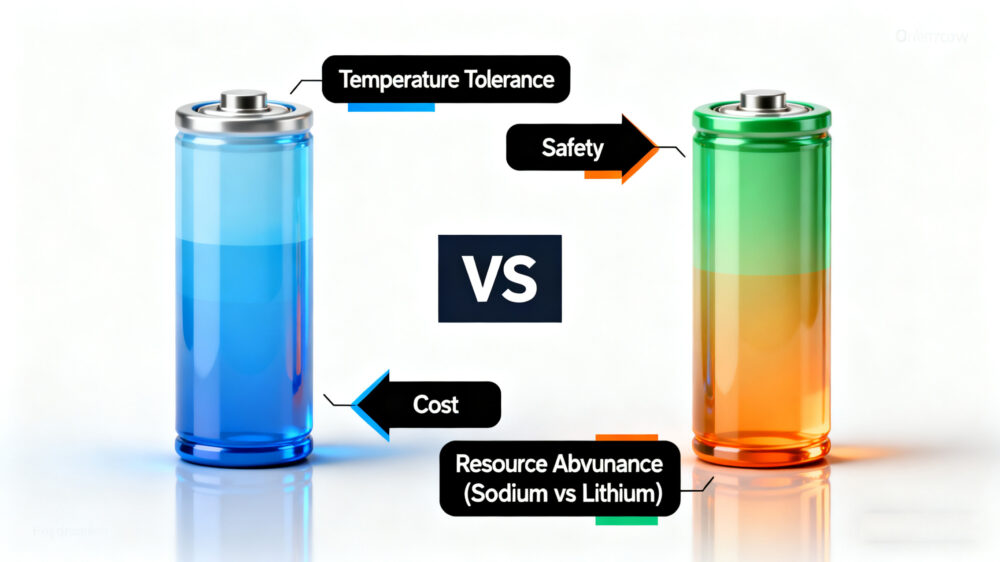
Although still in the early stages of industrialization, sodium-ion batteries are gradually entering practical markets such as:
Structurally and technically, sodium-ion batteries aren’t strangers in the factory. They share a lot in common with lithium-ion batteries — similar architectures, electrochemical mechanisms, and even production lines. That means existing lithium battery manufacturers can adapt to sodium-ion production with relatively minor adjustments.
One of the most striking benefits of sodium-ion batteries lies in the bill of materials.
These differences don’t just save money — they simplify manufacturing and supply chain logistics. Still, the journey toward large-scale commercialization isn’t over yet. Analysts expect true mass production to arrive around 2025, once performance consistency and supply chains are fully optimized.
The sodium-ion industry naturally borrows a lot from the lithium-ion ecosystem. The basic building blocks remain: cathodes, anodes, electrolytes, and separators. But the big shakeup is in the cathode chemistry.
For the rest of the components — the anode, electrolyte, and separator — production processes largely mirror those of lithium batteries. Plus, because sodium-ion cells don’t require copper foil, the overall cost continues to drop.
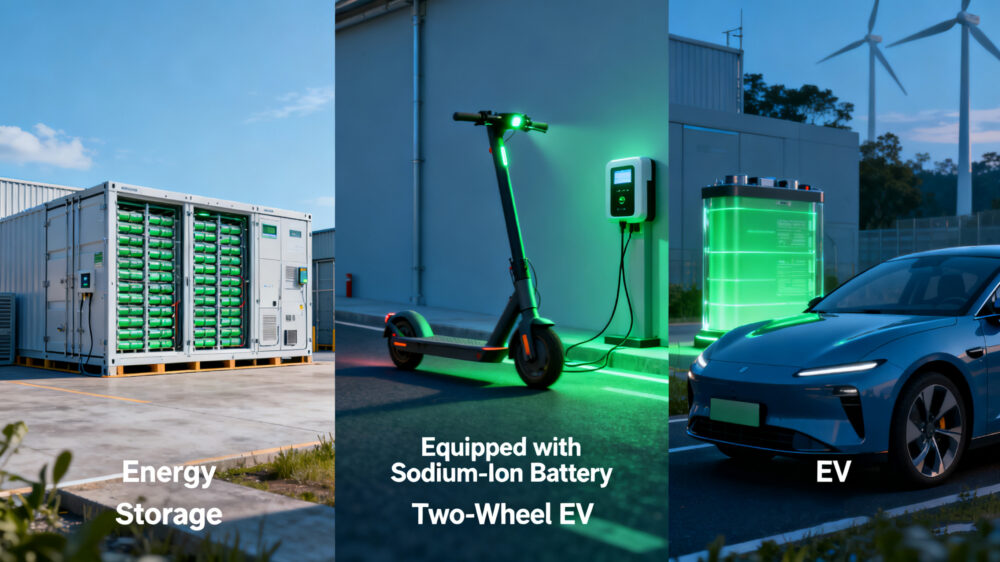
Resource Reality Check
When you zoom out to a global scale, the appeal of sodium becomes even clearer.
Lithium is a rare and unevenly distributed element, accounting for just 0.0065% of Earth’s crust. Its supply is concentrated in a few regions, which leads to constant price fluctuations. Sodium, on the other hand, makes up about 2.75% of Earth’s resources — that’s hundreds of times more abundant and available nearly everywhere. This accessibility removes geopolitical risk and stabilizes long-term production costs.
Right now, the sodium-ion battery industry is still warming up. It’s early, but momentum is building fast. A few technology leaders are already carving out their niches and scaling pilot production. As manufacturing expands and raw material costs stabilize, sodium-ion batteries are expected to become a strong complement to lithium-ion technology, not a replacement — especially in large-scale energy storage, electric two-wheelers, and other price-sensitive applications.
By 2025, the first wave of commercial mass production should be in motion, ushering in a new era for battery technology — one that’s safer, more affordable, and built on resources the planet has plenty of. complement to lithium-ion technology, especially in large-scale energy storage and cost-sensitive applications.
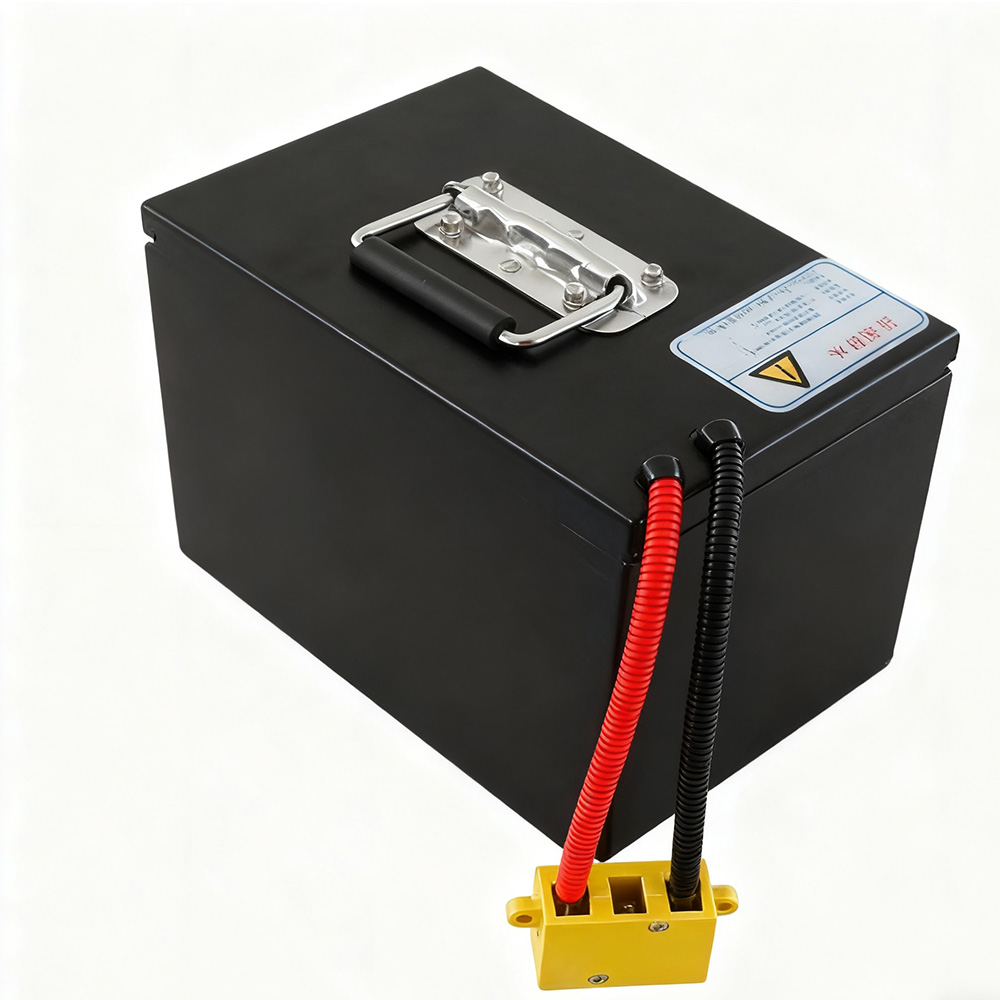
48V LiFePO4 Battery with 46.5Ah–100Ah options. Up to 2000 cycles, wide temperature range (-20°C~60°C), IoT GPS smart features, and 3-year warranty. Perfect for e-bikes, electric vehicles, and home energy storage.
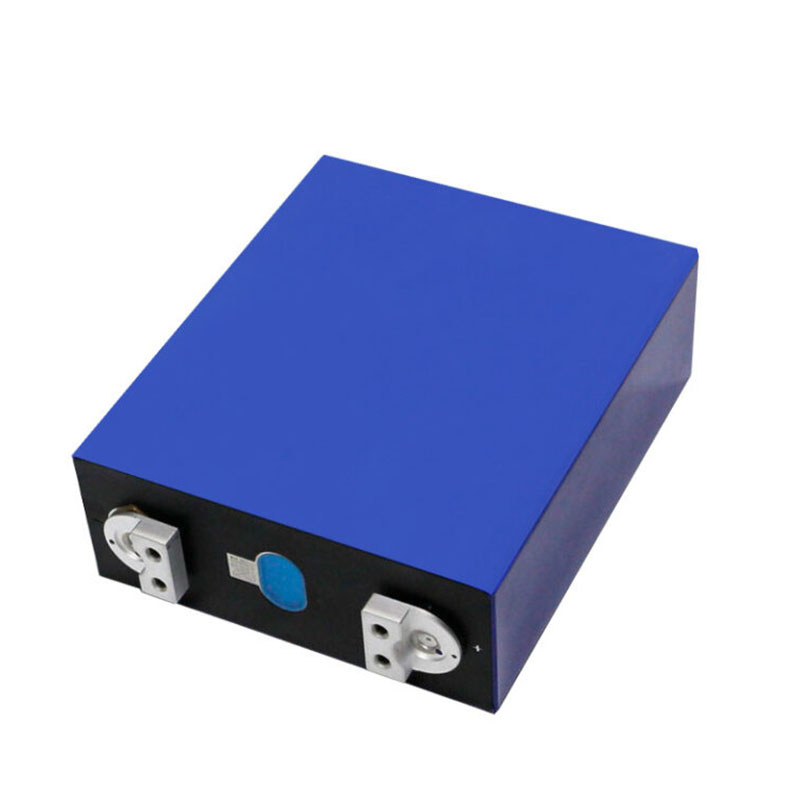
wholesale 3.2V 280Ah LiFePO4 lithium iron phosphate battery cells by Apsen Technology. Durable prismatic design with explosion-proof valve, ideal for EVs, solar storage, and industrial applications.

Buy wholesale 3.2V 80Ah LiFePO4 lithium iron phosphate battery cells by Apsen Technology. Safe, long-lasting prismatic cells ideal for electric vehicles, renewable energy storage, backup power, and industrial equipment.
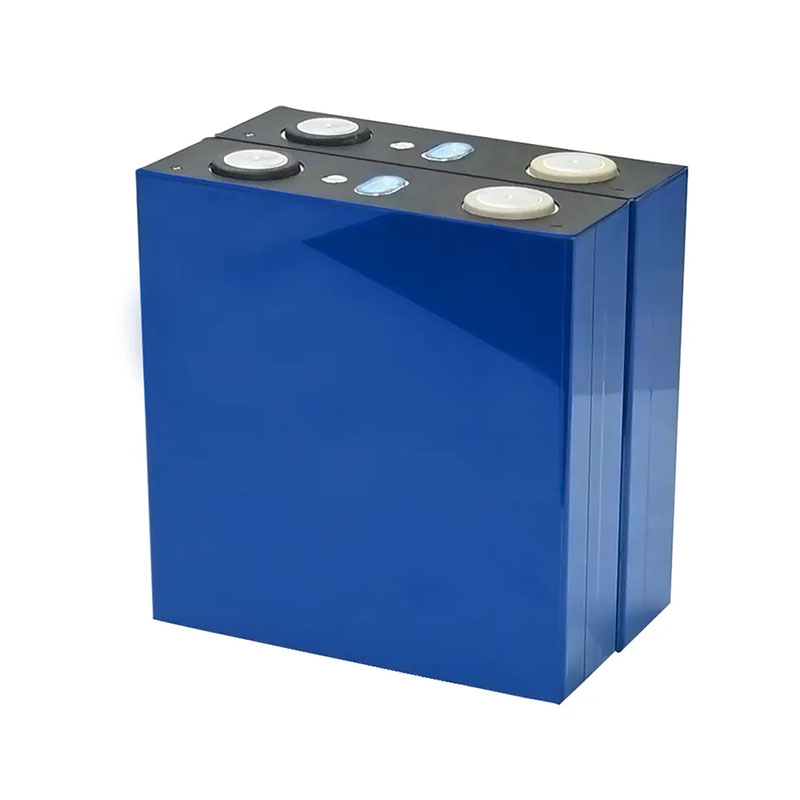
wholesale 3.2V 160Ah LiFePO4 battery cells by Apsen Technology. Durable, safe, and long-lasting lithium iron phosphate cells with low internal resistance, ideal for electric vehicles, solar energy storage, and home backup power systems.

Wholesale 10KWh Power Wall from Apsen Technology — a reliable, high-capacity 48V 200Ah lithium iron phosphate battery with over 6000 cycles. Perfect for home solar storage, communication base stations, and energy backup. Customizable, safe, and efficient.

Buy high-quality 5KWh Power Wall mounted solar batteries with 48V 100Ah capacity. Featuring Grade A lithium iron phosphate cells, BMS protection, and over 6000 cycles lifespan. Ideal for home photovoltaic energy storage and communication base stations. OEM & wholesale options available.
In-depth analysis of the 18650-2S1P 7.2V 2000mAh lithium-ion battery, covering specifications, protection features, applications, and safe usage tips to help you choose and use it with confidence.
View detailsDiscover the industrial uses, cell requirements, and supplier selection tips for 10S4P 18650 battery packs. Learn how to choose high-quality, customizable packs for electric transportation, energy storage, and industrial equipment.
View detailsDiscover the differences between lead-acid and lithium battery packs for reclining furniture. Learn about price, weight, lifespan, and safety to make the right choice.
View details12v motorcycle battery is more than a starter—it’s about reliability and performance. From everyday choices to custom-made solutions, and from factory wholesale to long-term durability, here’s what really matters when picking the right battery.
View details
HelloPlease log in